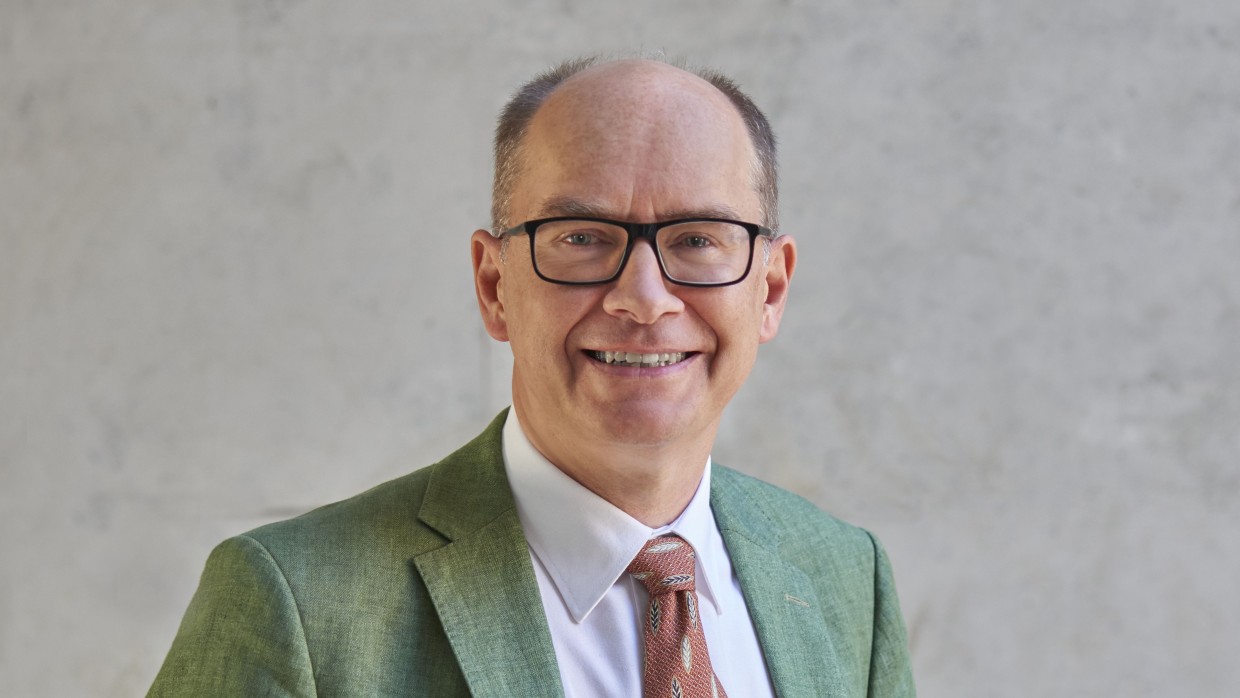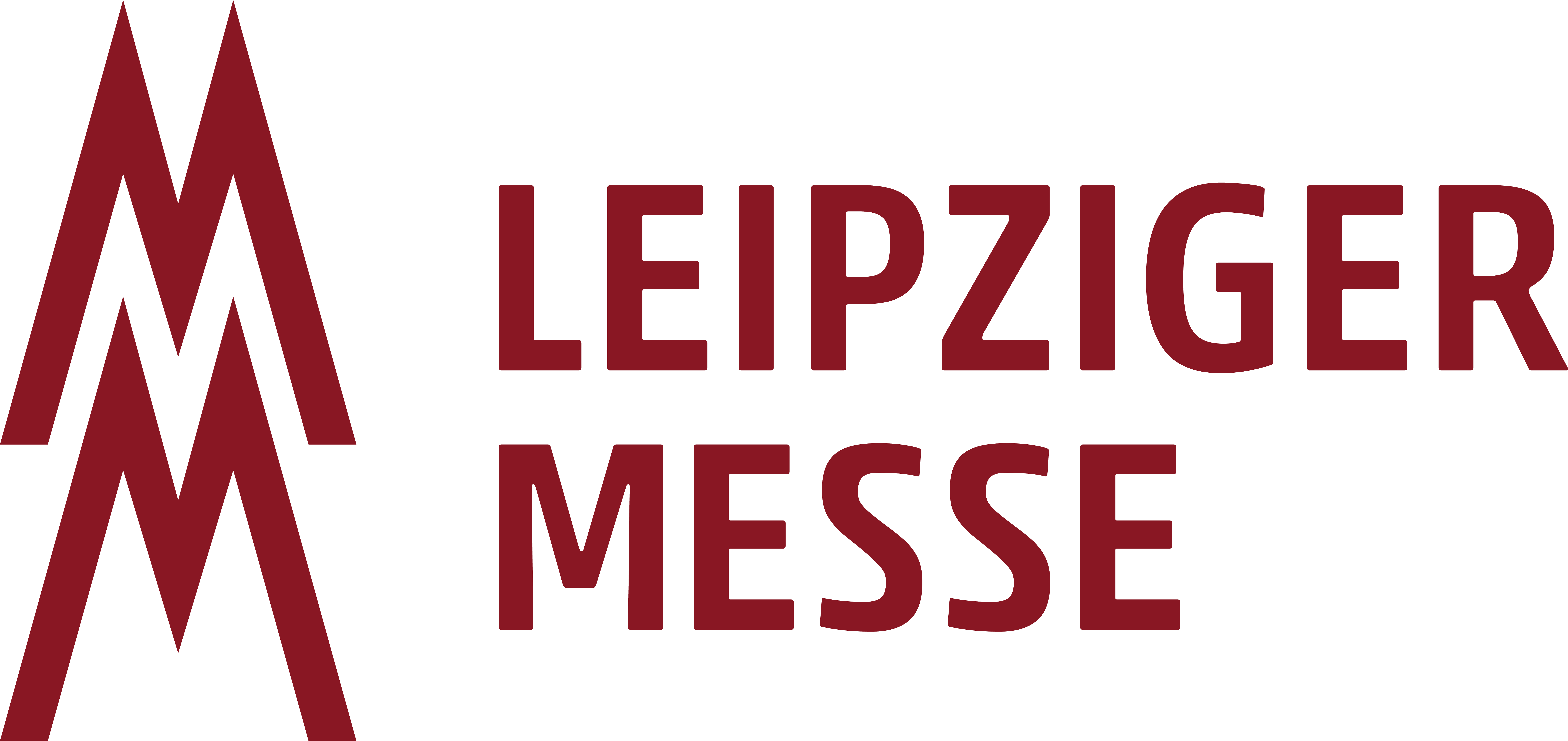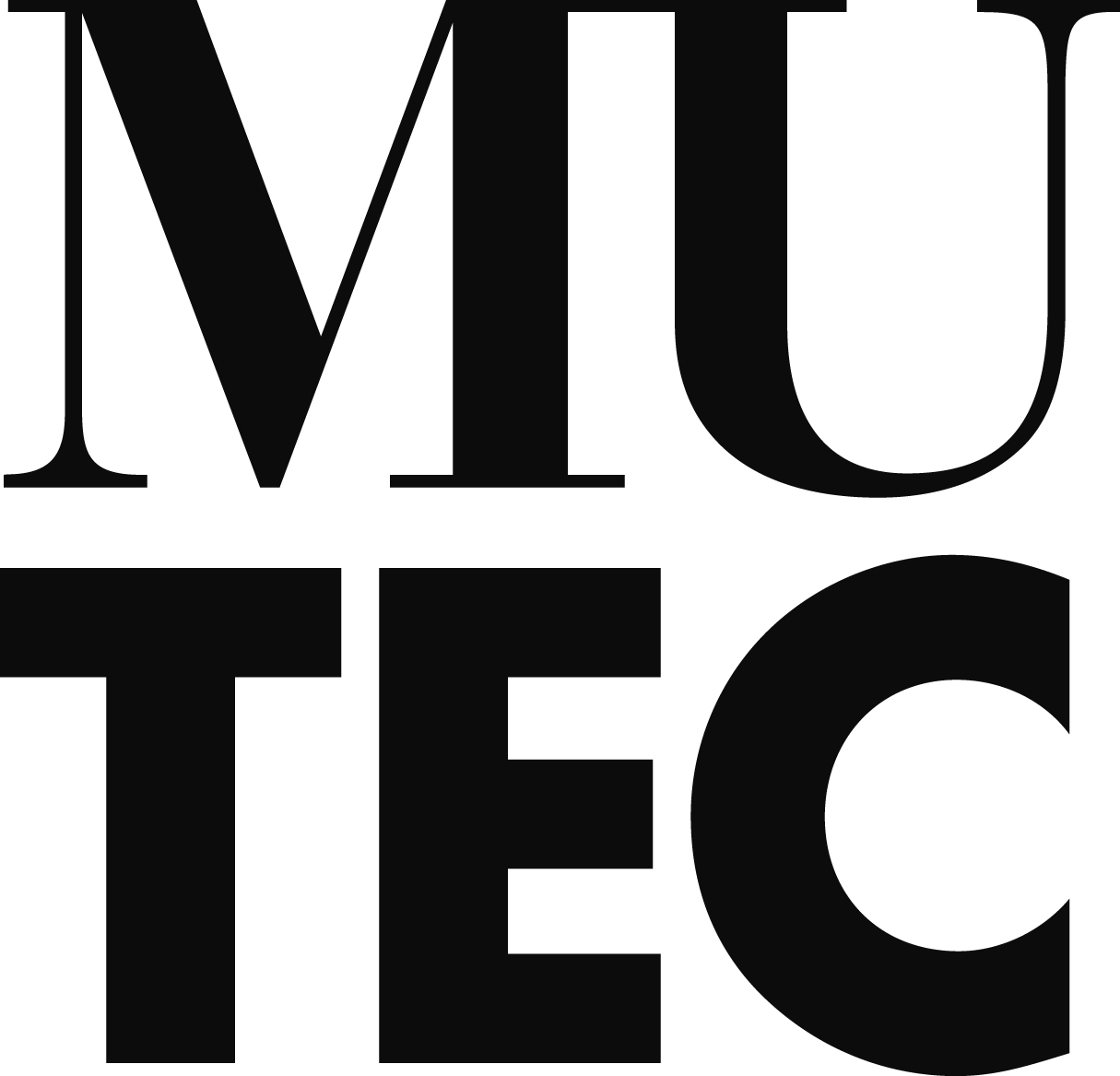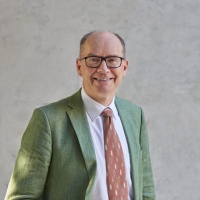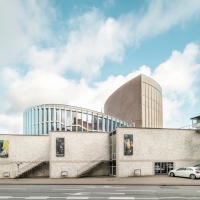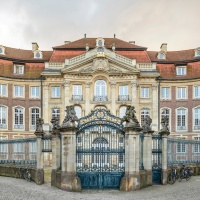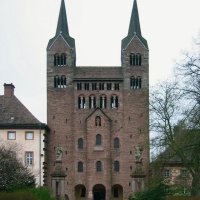News
News
denkmal meets ...: The State Conservator of Westphalia-Lippe, Dr. Holger Mertens
In our column "Monument Conservation in Germany" we talk to the German state conservators. We shed light on their work, the current situation in their respective states, and the most significant challenges they face. In this issue, we present an interview with Dr. Holger Mertens, the state conservator of Westphalia-Lippe. Among other things, he discusses the current challenges regarding the new monument protection law, reports on the opening of this year's Open Monument Day in Münster and explains the importance of this event for the public perception of monuments.
Editor: How would you explain your professional activity and the associated significance to an outsider?
Dr. Holger Mertens: As the State Conservator for Westphalia-Lippe, I head the LWL Monument Preservation, Landscape and Building Culture in Westphalia, the specialist monument office for the state part of Westphalia-Lippe. Here, more than 70 experts work not only in the field of monument preservation, but also in landscape and building culture. Our task is to preserve, maintain and further develop the building and landscape cultural heritage of Westphalia-Lippe.
As a specialist office for monuments, we advise and support the monument authorities and owners. How can monuments be cared for and new things be realized at the same time? We can show how this can be done - and what subsidies or tax breaks are available. Together with all parties involved, we work out solutions to reconcile use and preservation of historical monuments in the best possible way.
We also see ourselves as advocates for monuments in the interplay of various interests. Monuments in particular, which have a hard time in the public eye, need a voice that stands up for them and conveys their testimonial value.
Editor: How did you experience the nationwide opening of the Open Monument Day in Münster and what role do such events play in the public perception of monuments?
Dr. Holger Mertens: I experienced the nationwide opening of the Open Monument Day in Münster as a celebration of monuments - with bright sunshine and a great atmosphere. Not only in the city, but also nationally, the event was very present in the run-up. At our information stand, we got into conversation with many Münster residents, but also with guests who had traveled hundreds of kilometers especially for the opening. With verve and variety, the stage program showed that monument protection and preservation definitely have "star qualities" - in keeping with the motto "Talent Monument".
Prinzipalmarkt and City Hall became a large forum where citizens and full-time and voluntary workers met. Especially after the long Corona years, this was a unique opportunity for Münster and Westphalia-Lippe to exchange ideas and network.
"The protection and preservation of monuments are in the public interest." - is the first sentence of the NRW Monument Protection Act. On no day is this more evident than on Open Monument Day. In Münster, there was a huge rush to visit the open monuments. In some cases there were long queues. This shows that it should not remain just one day a year: The mediation work with a view to a broad public and different target groups is a central task for us.
Editor: What is the current situation of the monument landscape in Westphalia-Lippe? What current challenges are you particularly concerned with here?
Dr. Holger Mertens: The new law on the protection of historical monuments continues to be a major challenge for us. Even a good year after it came into force, its implementation is by no means running smoothly, which is mainly due to the fact that the legislator still owes statements on how it envisages this in concrete terms. We are doing everything we can to ensure that the monuments and their owners do not suffer as a result. On a positive note, the expert advice provided by my office continues to be desired and appreciated. This is especially true for the lower monument authorities, which are all too often not adequately equipped to fulfill their legal duties. The general shortage of skilled workers also plays a significant role in this. Unfortunately, these are not good conditions for early cooperation between all parties involved, which is crucial for the care and sustainable use of a monument.
Another central challenge for us is climate protection: Together with the owners of monuments, we are working here on individual and monument-friendly solutions in terms of improved energy efficiency and the use of renewable energies. But we also have to deal with the consequences of climate change on monuments. Approaches to action here include close-meshed monitoring of endangered monuments and institutionalized disaster risk management.
One more comment on this: The fact that the preservation, further use and conversion of monuments per se conserves resources and is ecologically valuable for this reason alone has already become common knowledge among experts, but needs to be expressed even more clearly to the general public.
Editor: If you had one special wish in the context of your work, what would it be?
Dr. Holger Mertens: I would wish for more recognition for all the positive things that are achieved in the care of monuments and that benefit the general public. Of course, this also applies to the contribution made by the official preservation authorities, but above all to the commitment of the mostly private owners and volunteers. Adequate financial support for the preservation of monuments is the least that can be expected from the public sector. It is therefore particularly bitter that the subsidies here in North Rhine-Westphalia were drastically reduced last year and that a further reduction must be feared in 2024.
